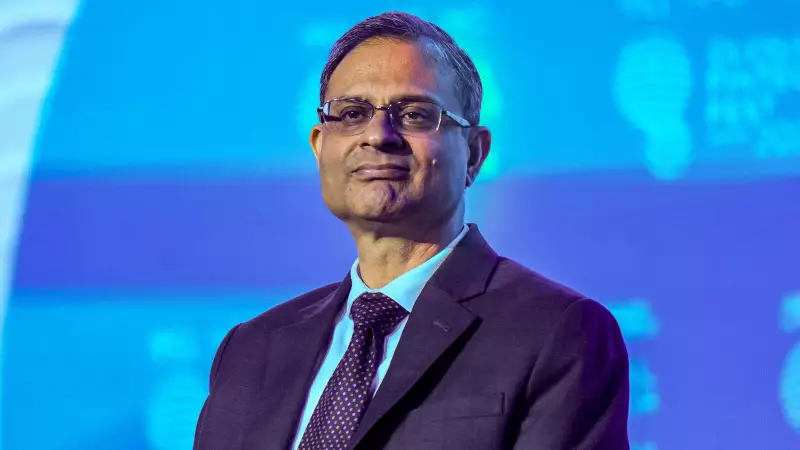
India's banking sector is bracing for a seismic shift as the Reserve Bank of India's proposed Expected Credit Loss (ECL) framework could force major lenders to make staggering additional provisions. According to recent analysis, the country's top banks might need to set aside a colossal ₹75,000 crore to comply with the new norms.
The Big Four Face the Heat
The impact will be particularly significant for banking giants State Bank of India (SBI), ICICI Bank, HDFC Bank, and Axis Bank. These institutions collectively dominate the Indian banking landscape and will bear the brunt of the transition to the more conservative ECL-based provisioning system.
What is ECL and Why It Matters?
The Expected Credit Loss model represents a fundamental change from the current incurred loss approach. Instead of waiting for actual defaults, banks will now need to anticipate potential losses throughout the loan lifecycle. This forward-looking method aims to create a more resilient banking system but comes with significant short-term costs.
Impact on Bank Profitability
The massive provisioning requirements will inevitably squeeze bank profits in the immediate future. However, experts suggest this pain might be temporary. The new framework could lead to:
- More accurate risk pricing
- Better capital allocation
- Enhanced financial stability
- Improved investor confidence in the long run
The Implementation Timeline
While the RBI has been discussing the ECL framework for some time, the exact implementation schedule remains uncertain. The central bank is likely to provide banks with a reasonable transition period to adjust their systems and processes accordingly.
Broader Sector Implications
This regulatory shift comes at a crucial time for Indian banks, which have been enjoying improved asset quality and declining bad loans. The ECL norms might initially dampen this positive trend but are expected to strengthen the sector's foundations against future economic shocks.
The banking industry and investors are closely watching the RBI's next moves, as the final guidelines could reshape how Indian banks assess risk and report their financial health for years to come.





